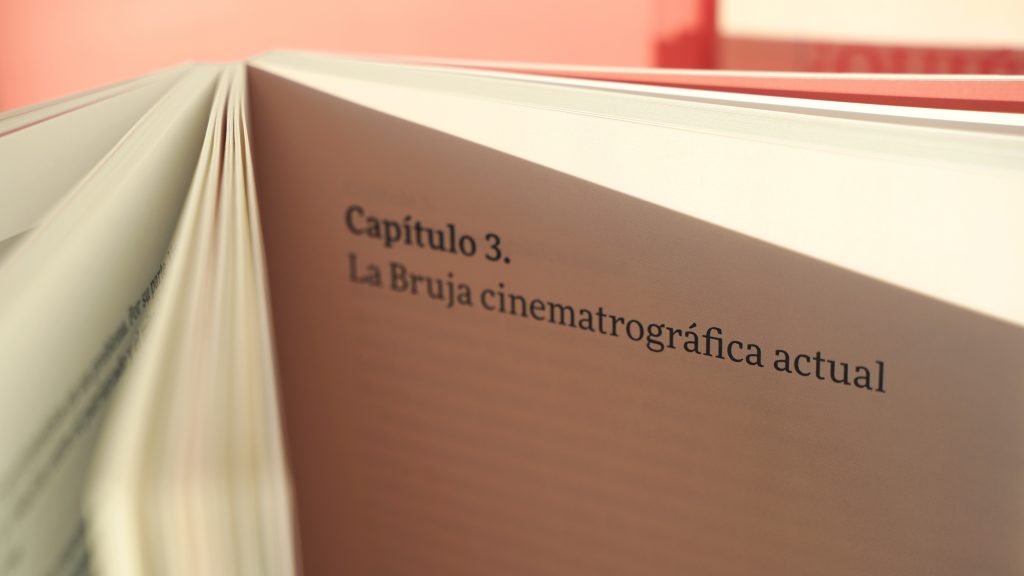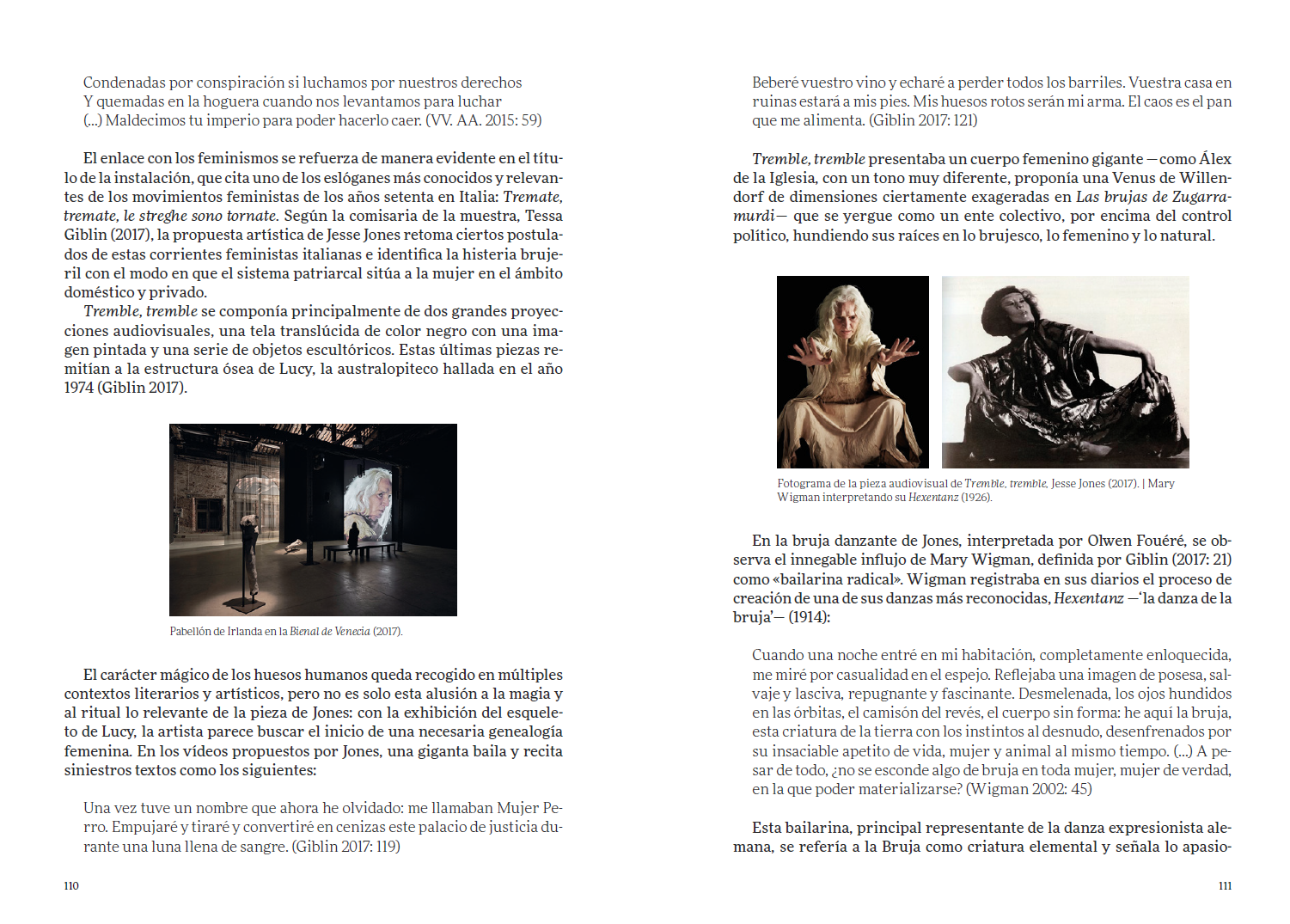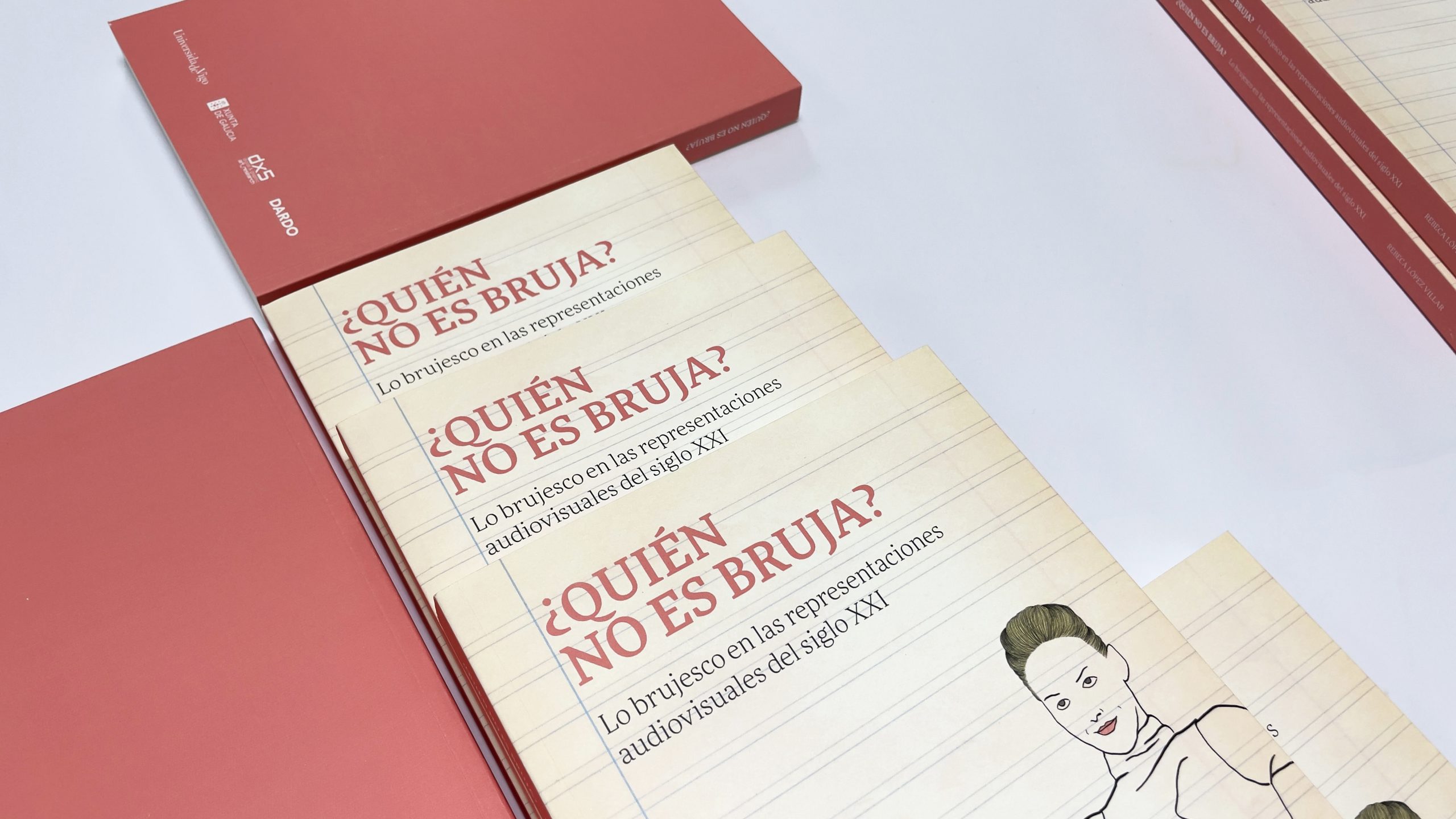_quién no es bruja?
Lo brujesco en las creaciones audiovisuales del s.XXI_ subject matter
_ field speciality
Quien no es bruja?
Lo brujesco en las representaciones audiovisuales del siglo XXI. If they can recover the Witch for their perverse ends, why can't we use her to empower ourselves and generate positive discourses? Based on this question, the book deepens in the polysemy of the concept of the witch, defining it from literary, anthropological, social and feminist perspectives. This is followed by a brief journey through different manifestations of the audiovisual witch, from her appearance in certain films and television series to her prominence in video art.
_ the origin
This book is an adaptation of the doctoral thesis defended at the University of Vigo in February 2022 by Dr. Rebeca López Villar and directed by Dr. Susana Cendán. Entitled Representaciones de la Bruja en la creación audiovisual contemporánea (2000-2019): videoarte, cine y televisión, the work obtained the qualification of an outstanding cum laude, as well as the Extraordinary Doctorate Award.
In 2022 the book is published with the support of the research group dx5 and DARDO.
Funding body: Xunta de Galicia. Consellería de Cultura, Educación e Universidade, Axudas do Programa de Consolidación e Estruturación de Unidades de Investigación Competitivas.
Modality: Competitive Reference Groups.



Xabier Arakistain, KISS, KISS, BANG, BANG, BANG




Nuria Varela, Feminismo para principiantes.
